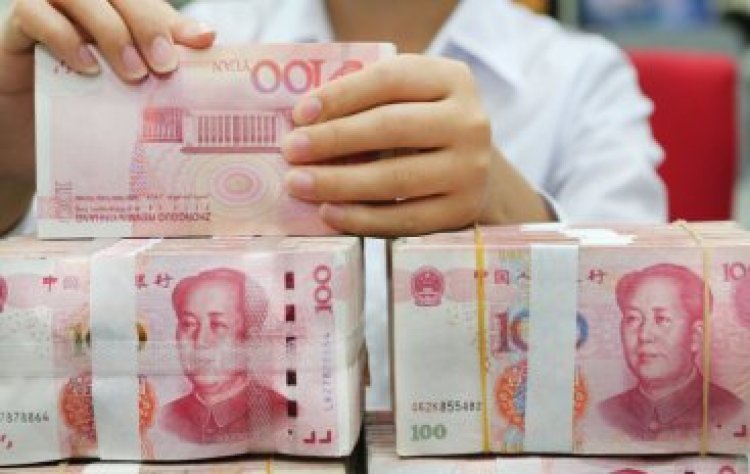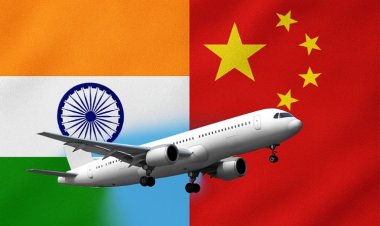Indian Oil Traders Begin Using Chinese Yuan for Russian Energy Payments: Report

India’s state-run oil company has reportedly begun settling payments for Russian oil in Chinese yuan, a move signaling a significant step away from U.S. dollar dominance in global energy trade. According to a report published Tuesday by Reuters, Indian Oil Corporation (IOC) made recent payments in yuan for at least two to three cargoes of Russian crude bypassing traditional settlement currencies like the U.S. dollar and UAE dirham.
Trade sources cited by Reuters explained the shift as both a cost-saving strategy and a reflection of changing global trade alignments. “Now, traders, which until now had to convert payments in dirhams or dollars into yuans since only those can be directly exchanged into rubles needed to pay the producers – are seeking to remove one costly step from the process,” one industry source said. This streamlined process could improve efficiency for state refiners while potentially opening up more access to Russian oil supplies, especially as some Russian traders refuse to accept dollars or dirhams due to sanction risks.
The deals are reportedly still being priced in U.S. dollars to remain compliant with the European Union’s oil price cap on Russian crude, but traders are converting the invoiced amount into yuan for final settlement. The growing trend of yuan-based payments represents a notable shift in global oil trade and a potential win for China’s long-term ambitions to internationalize its currency.
India, now one of Russia’s top energy customers, has rapidly expanded its oil imports from Moscow since the beginning of Western sanctions following the Ukraine conflict. Russia is India’s fourth-largest trade partner, while India is Russia’s second-largest, and much of their trade is increasingly settled in alternative currencies part of a broader move among BRICS+ nations to reduce reliance on the U.S. dollar.
The development comes as tensions between New Delhi and Washington escalate over India’s deepening energy ties with Russia. In August, U.S. President Donald Trump imposed an additional 25% tariff on Indian goods, citing India’s continued purchase of Russian oil. The move doubled the existing 25% country-specific tariffs already in place, bringing the total levy to a steep 50% one of the highest ever imposed by the U.S. on a major trade partner.
The geopolitical backdrop of this economic realignment is particularly complex. Last month, Indian Prime Minister Narendra Modi visited China for the first time in seven years, suggesting a thaw in long-standing tensions along the India–China border. “A potential India–China border breakthrough could mark a turning point in Asia, easing decades of hostility while undermining Washington’s grip on New Delhi,” veteran diplomat MK Bhadrakumar wrote for The Cradle.
This increasing cooperation between Asian powers, combined with the use of local currencies for trade, aligns with the de-dollarization goals of the BRICS+ alliance. At the July 2025 BRICS summit, leaders called for greater use of non-dollar trade systems to avoid the pressure of Western sanctions. In response, President Trump warned that any country aligning itself with “Anti-American policies of BRICS” would face an additional 10% tariff, threatening to widen the economic divide between the U.S. and the emerging Global South.
India’s quiet shift toward using the Chinese yuan for Russian oil payments underscores the broader changes reshaping global trade as countries increasingly prioritize sovereignty in economic policy and seek alternatives to the dollar-centric system that has dominated since World War II.
https://www.reuters.com/markets/commodities/india-russian-oil-trade-2025/























